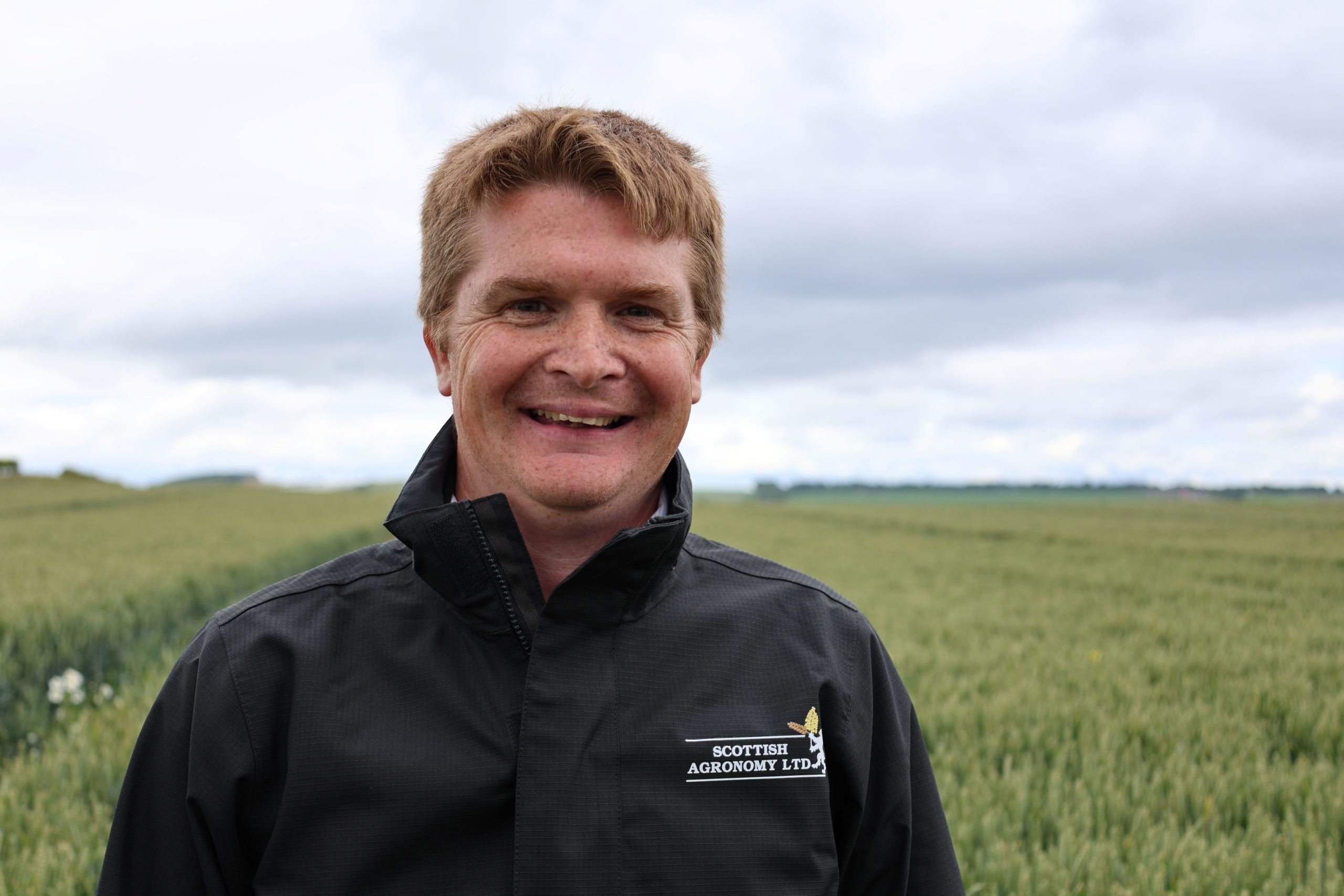With an earlier-than-“normal” Scottish cereal harvest and combines making rapid progress through August, fields are being cleared quicker than would be expected, creating some bonus time for remedial work this year.
These are what we’ve traditionally seen as “English conditions” but with a changing climate, will seasons such as this become the norm, or will 2025 turn out to be another anomaly?
What is becoming clear, either way, is the increasing need for flexibility in harvest and sowing plans to be able to adapt to the more changeable weather conditions and to seize any opportunities that may come along to continuously improve the land and, with it, yields.
We don’t have to think too far back to a season that was the opposite of where we are this year. 2024 was characterised by a very wet and late spring which led on to a later harvest for many. This meant there was a very short turnaround time from harvest to establishing the next crop.
As a result, there was little opportunity to rectify any soil compaction problems, complete all scheduled lime applications, establish over wintered cover crops or undertake any cultural control strategies to reduce the risk of grass weeds in subsequent crops.
This season, rather than starting the autumn drilling earlier than normal, the extra time between harvest and sowing provides an excellent opportunity to carry out some remedial action. For fields that were waterlogged for extended periods of time, this could be the chance to install new drainage systems or to clean and maintain existing systems, both of which will have long term benefits for soil structure and crop yield.
The dry soil conditions at present also makes it a good time to lift and aerate soils that have been compacted or have slumped. In many instances this season, the dry conditions have naturally subsoiled the land, but where compacted areas still persist subsoiling to create vertical cracks will give roots access to more nutrients and improve water infiltration rates.
Where liming applications were missed last year, this year there is time to correct these. The early harvest also means growers can establish cover crops into warmer soils, usually the privilege of our counterparts south of the border.
Earlier sowing gives the potential for these crops to establish quicker, increasing the above ground biomass and encouraging deeper rooting which will help to maximise the soil structural benefits.
Care should be taken, however, to ensure that the right species are selected to avoid a negative effect on other crops in the rotation, or, for example, that they don’t act as a green bridge for the transmission of barley yellow dwarf virus (BYDV), while also being frost tolerant.
In most years, there is insufficient time to utilise stale seedbeds to control grass weeds, but this season’s earlier harvest provides an opportunity for what can be an effective measure.
Species identification is key again though, as some species require early, shallow cultivation to stimulate chitting, while other species require a period of ripening after shedding and ahead of cultivations to reduce the risk of dormancy. To further improve control, follow up residual herbicides should be applied after drilling.
The evident change in weather patterns and the increasing frequency of extreme weather events every season is providing a new set of challenges but also opportunities. We can’t predict what to expect next but a shift in mindset to allow for this and to be proactive each season with small measures can make an important difference.
Taking the opportunity this year to improve soil structure and manage grass weeds is a chance to get fields in optimal condition to ensure next season’s crops get off to the best possible start and maximise their potential over the course of the next 12 months.

